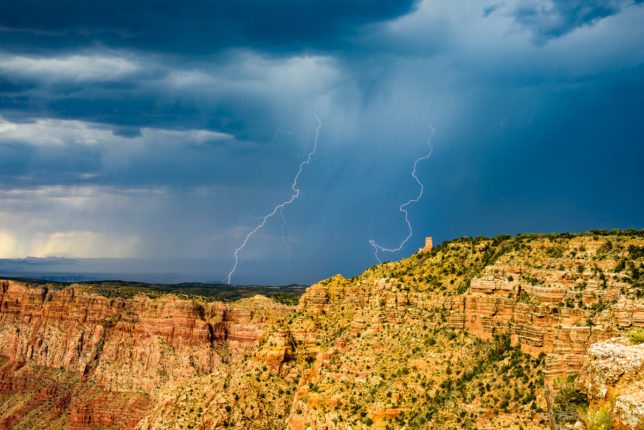In a previous post I wrote how the North American Monsoon (NAM) was very late getting started in July. Fortunately, once started, it resulted in normal precipitation amounts for the month of August. Here are photographs and discussion of some of the events during the month.
Tag: Marshall Lake
Monsoon–July 2023
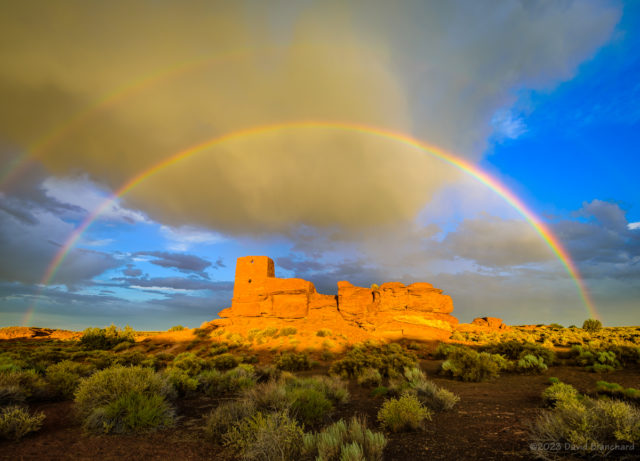
The North American Monsoon (NAM) has been slow to get started this year. A general rule of thumb is it gets going around the 4th of July and is considered late (but still normal) by mid-July. Likewise an early start can occur as early as mid June–as it did last year.
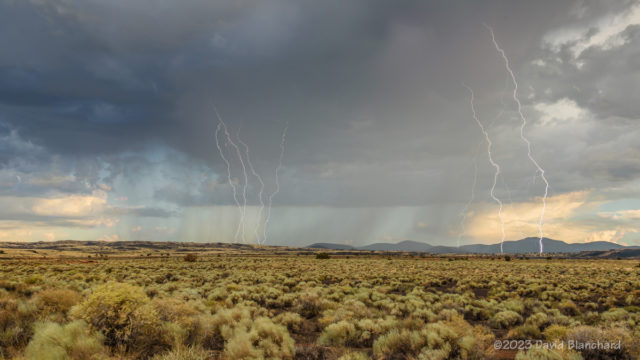
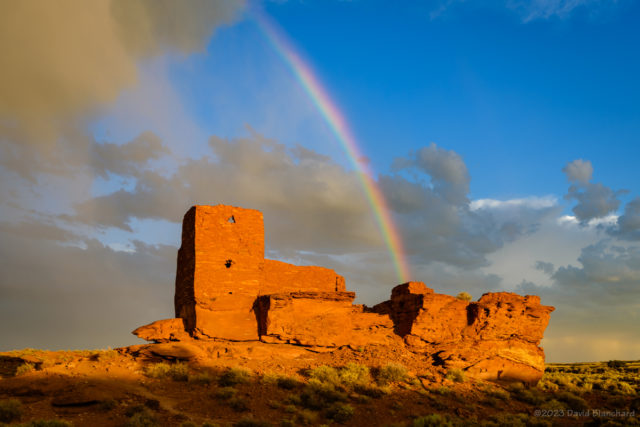
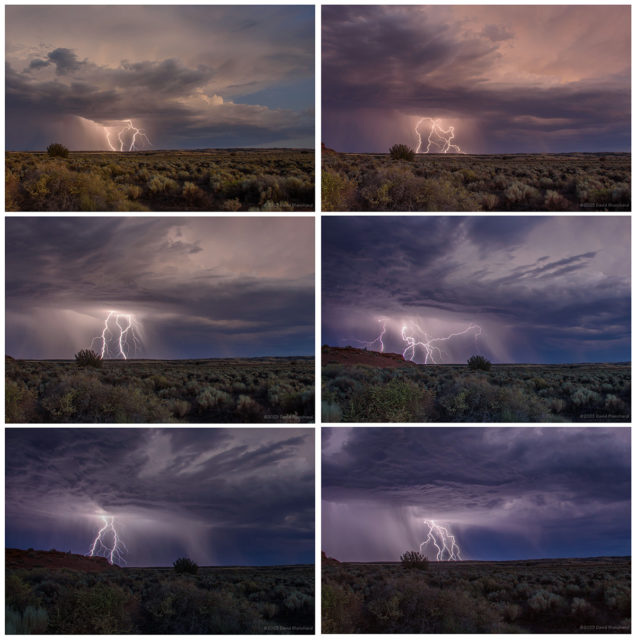
During the month of July the GFS weather forecast model consistently showed the NAM getting started “Real Soon Now.” But the target was always several days away. Finally, late in the month the rains arrived as an inverted trough (IVT; def. 2) moved across Arizona.
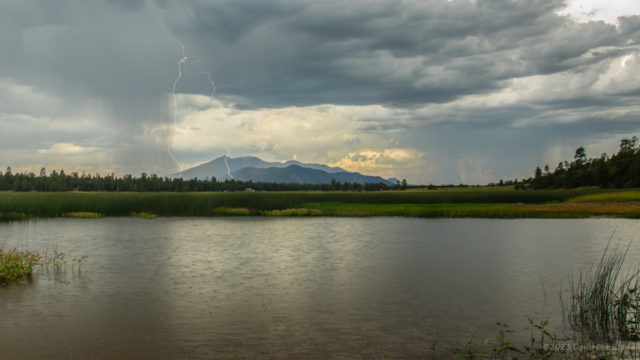
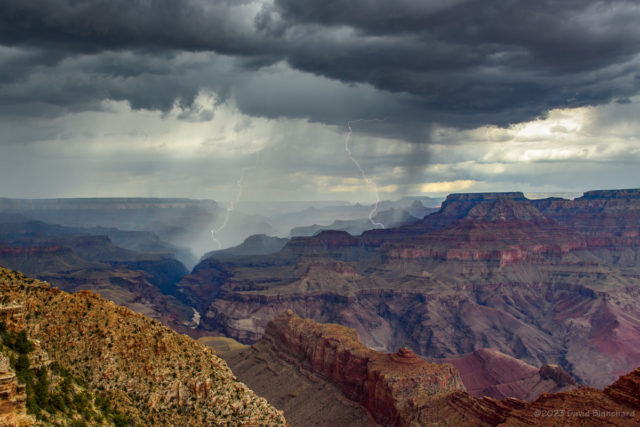
There have been some photogenic storms. A little over a week ago I traveled to the South Rim of Grand Canyon hoping to get some lightning. Although there were some flashes they were far away. On the other hand, the sunset was pretty good. A band of clouds just above the horizon effectively blocked the Sun at my location while beams of light were getting under the clouds and into the canyon farther to the west. The alternating beams of light and shadow were pretty nice.

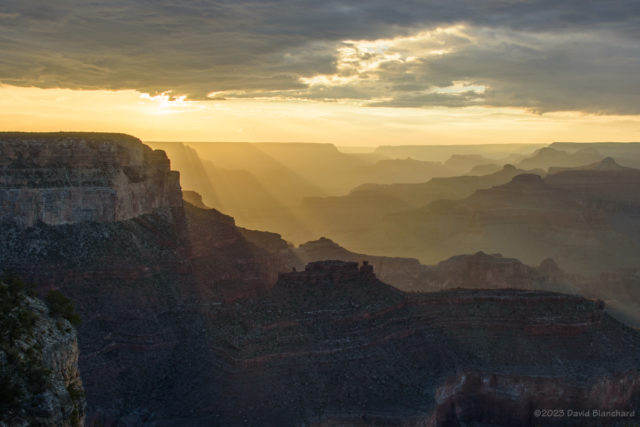
The following day I went to Wupatki National Monument in hopes of lightning and rainbows. There was a late afternoon storm that moved towards the Monument and produced a lot of lightning. As it got closer it weakened but was still dropping rain and a short time later a beautiful, full double rainbow appeared. All I needed to do was position myself so that I could get the rainbow arch to frame Wukoki Pueblo.
Time lapse of convection developing over the San Francisco Peaks with Marshall Lake in the foreground.
A new storm formed to my southeast as twilight came on and began to produce a lot of lightning. This was the 3rd act of the day and it was a good one.
Later in the week I took a short drive to Marshall Lake near Flagstaff to time lapse the early stages of convection over the San Francisco Peaks–and with some reflections in the waters of the lake. A few lightning bolts landed near the peaks adding to the show.
A few more trips to Grand Canyon rounded out the month.
And, now, the monsoon is on hiatus again.
The Lakes are Full of Water
The upside to the epic Winter we recently experienced is the tremendous amount of snow melt that filled many of the lakes across northern Arizona. Over the past several weeks we have visited several of these by car, mountain bike, running, and hiking.
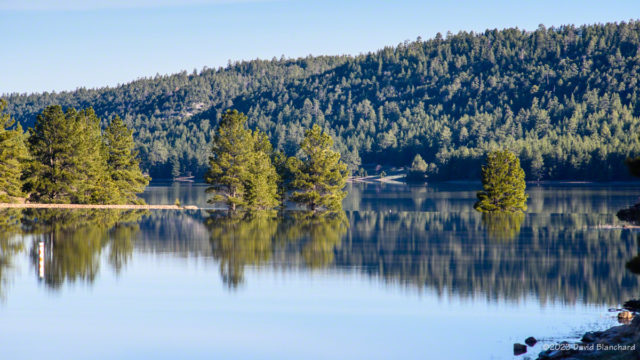
This is one of my favorites. It shows Upper Lake Mary, a portion of the spillway, and Lower Lake Mary. It’s also nice that there is a nice mirror reflection of the trees in the water. This shot is only possible when both lakes are full.
Earlier we had visitied Marshall Lake. It’s not as full as it was a few years ago but considerably better than the past several years.

We did a trail run along the Arizona Trail on top of Anderson Mesa and visited Prime Lake and Vail Lake, both with lots of water.
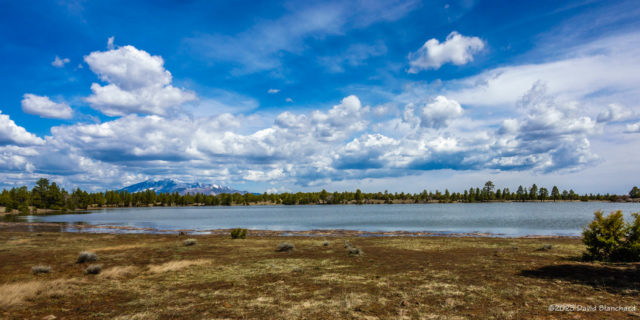
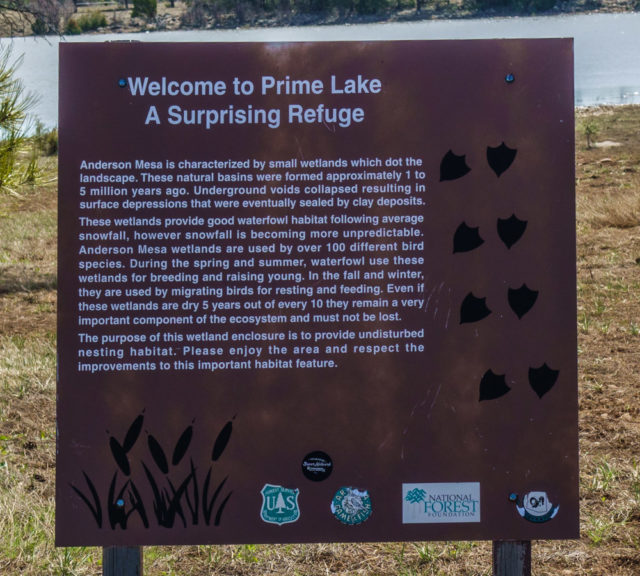
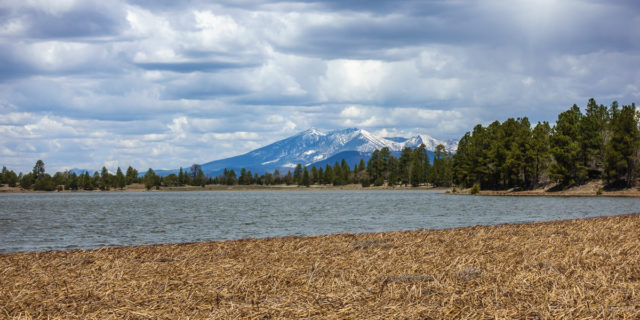
Here are some additional images of Lake Mary taken on various days in April.
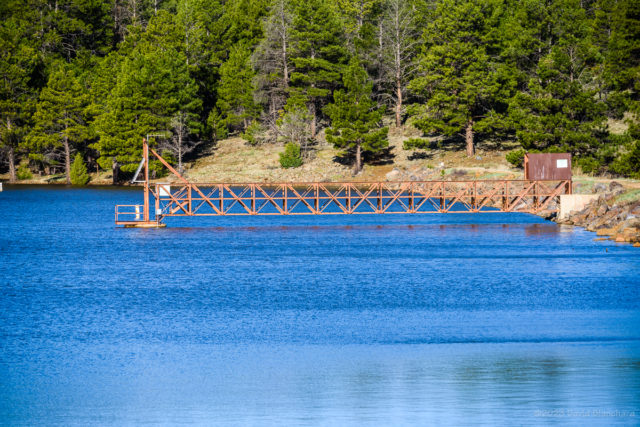
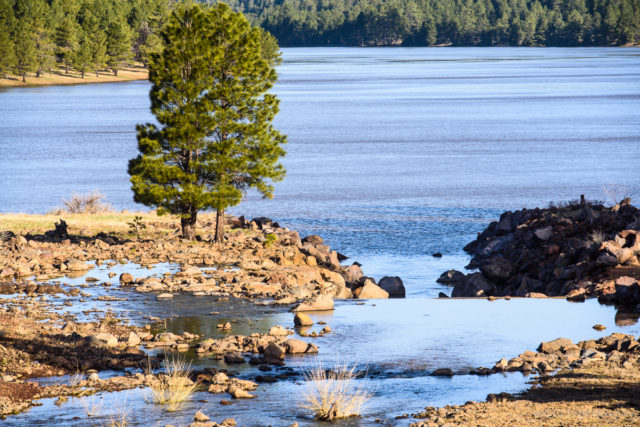
We rode our mountain bikes up Schultz Pass Road to Schultz Tank. It has been a small puddle the past two seasons but is once again full.
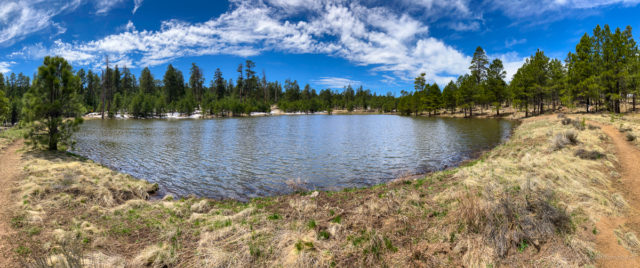
Finally, we did a short hike through the upper portions of Pumphouse Wash to this set of cascades.

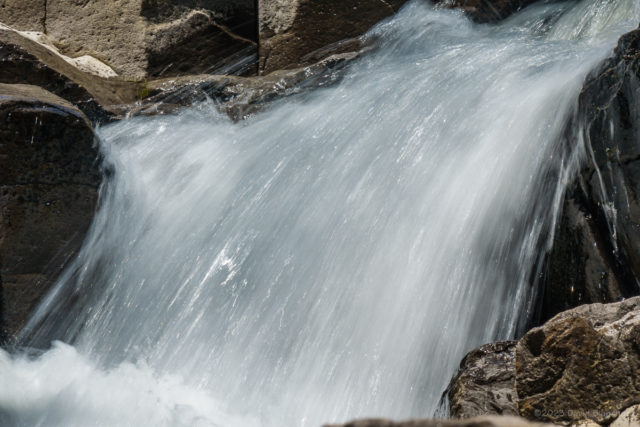

The snow melt is done and we are now in our dry season. Lake levels and stream flows will diminish until the summer rainy season starts in July.
Monsoon thunderstorms continue across Northern Arizona
The North American Monsoon continues across the Southwest bringing thunderstorms almost every day to northern Arizona. Rainfall amounts across much of the state have been well above average with Flagstaff receiving 4.5″ compared to a normal of 2.6″ in the month of July,
Of course, all this storminess brings opportunities for photographing interesting skies, lightning, and sunsets.
I was heading towards the South Rim of Grand Canyon when I decided that Wupatki National Monument might be more interesting. Although there wasn’t much in the way of lightning there was a nice sunset with a thunderstorm in the distance.
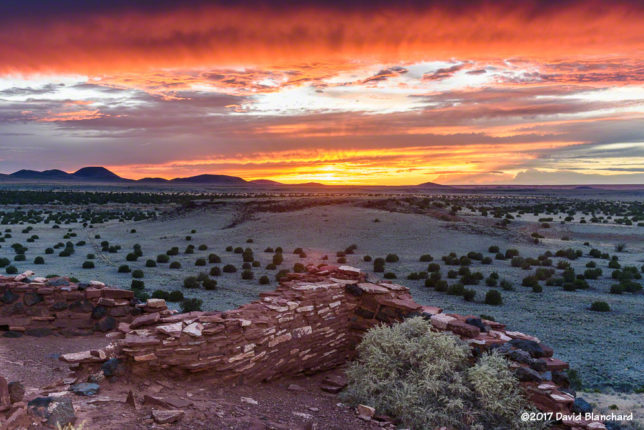
Another day brought a great sunset with beams of light illuminating the inner canyon.

I found myself in Sedona a few nights later hoping for lightning at sunset. The lightning was there but clouds to the west blocked the light of the setting sun. This spectacular bolt of anvil lightning traveled horizontally for a great distance before terminating above Cathedral Rock.

Early afternoon cumulus development near Marshall Lake on Anderson Mesa resulted in this small cumulus cloud producing a very photogenic shadow.
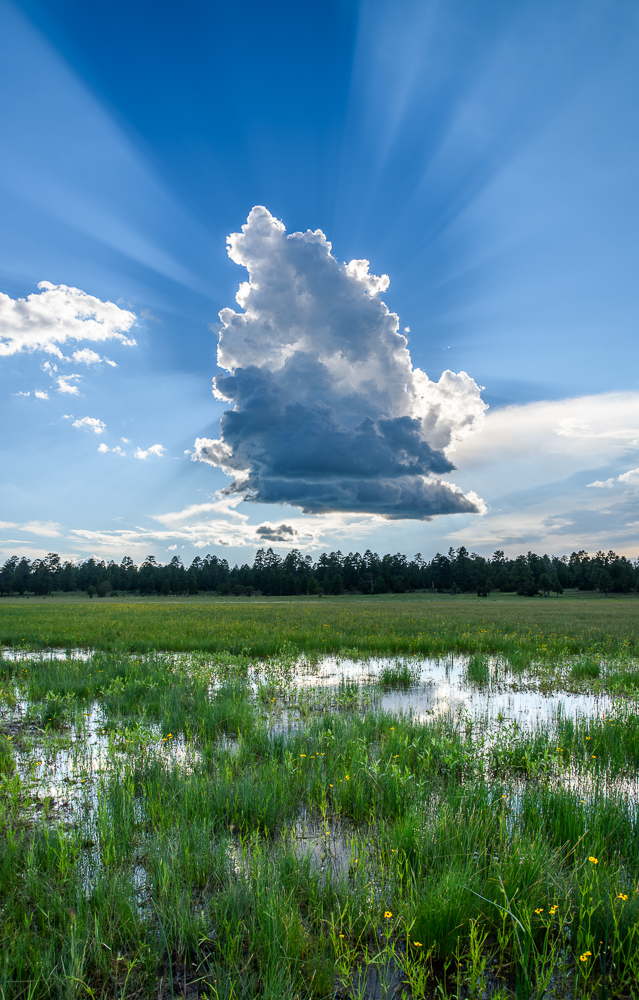
And, later that afternoon, we found ourselves at Lower Lake Mary watching another cumulus cloud develop to our east and reflected in the water.
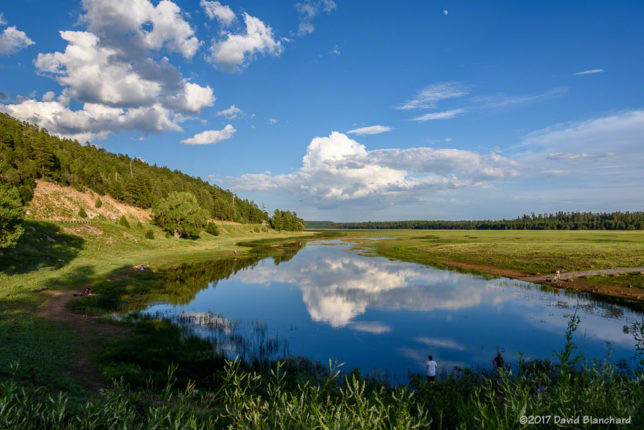
I’ve been trying to capture evening thunderstorms and lightning (image) over Grand Canyon with a crescent moon illuminating the interior the canyon. Not very easy to do. I was able to get the moonlit canyon. And there was lightning but it was over 100 km away and resulted in teeny, tiny bolts in the phots. Well, I’ll just keep trying.

